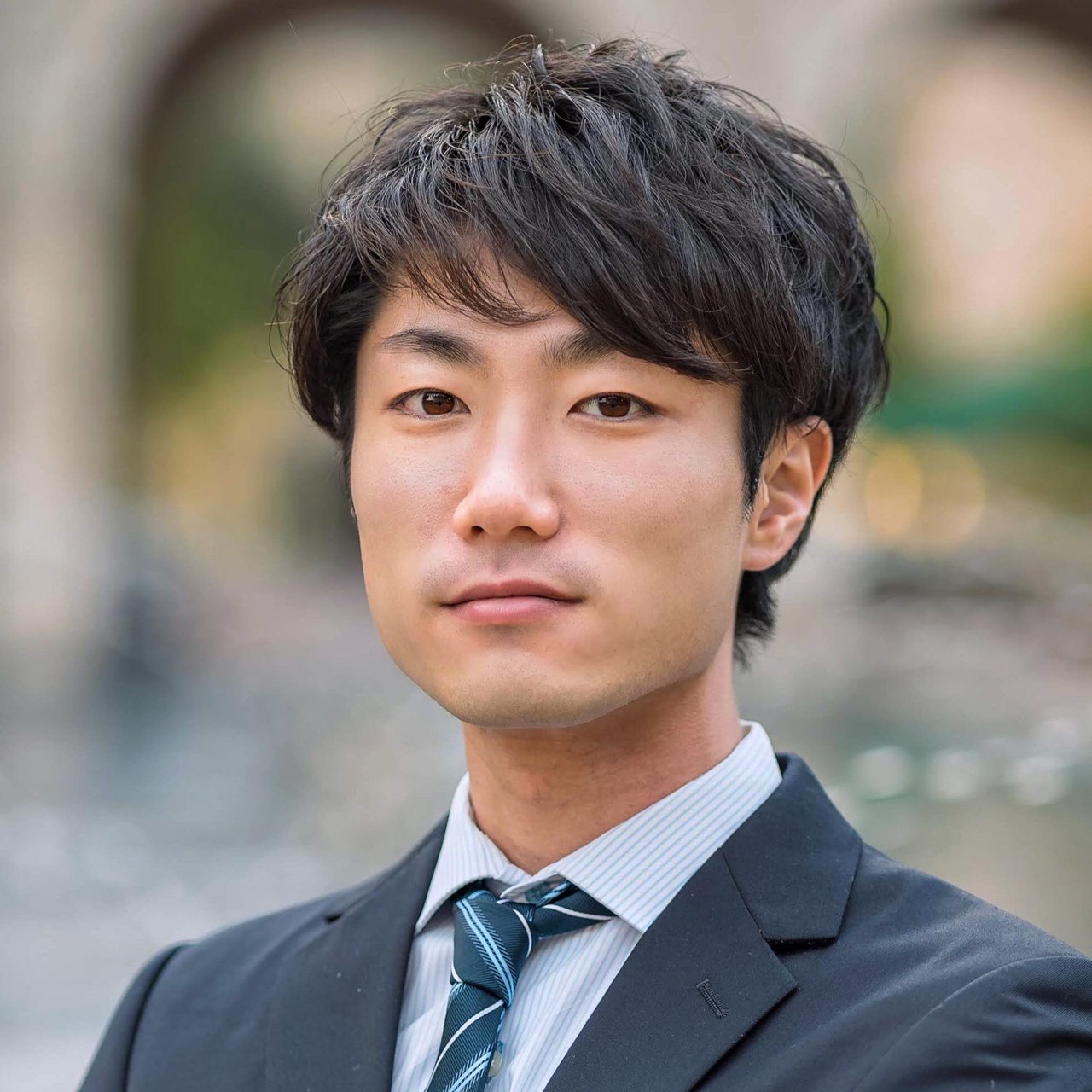Energy & sustainability
Kai Narita
Creating a characterization foundation that leads to the development of the next-generation storage battery.

Asia Pacific
Cheng Tang
New technologies that might defossilize, decarbonize, and decentralize the current chemical industry.

Asia Pacific
Natalia Mykhaylova
Using Data Science, Artificial Intelligence and IoT technologies to reduce energy consumption and improve air quality.

Global
Jinxing Zheng
He created new physics models for controlling fusion reactions and hot plasma.

Asia Pacific
Xiaoguang Duan
Next-generation wastewater treatment technology based on green and high-performance non-metal catalysis.
